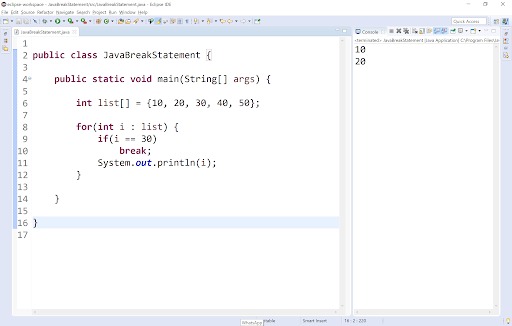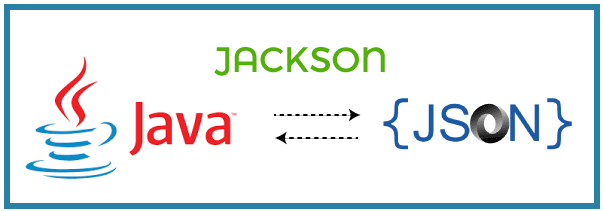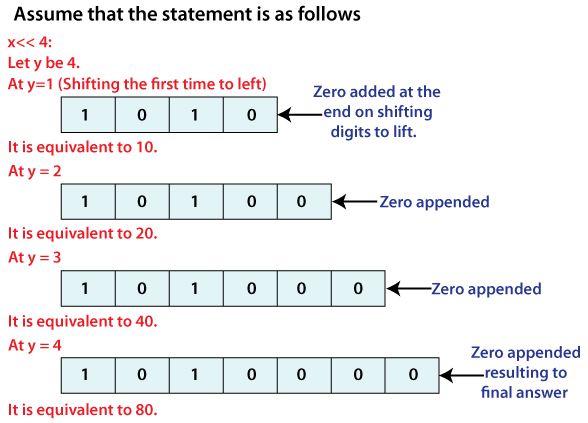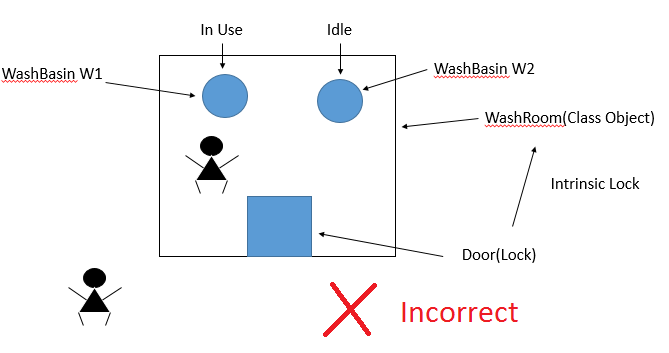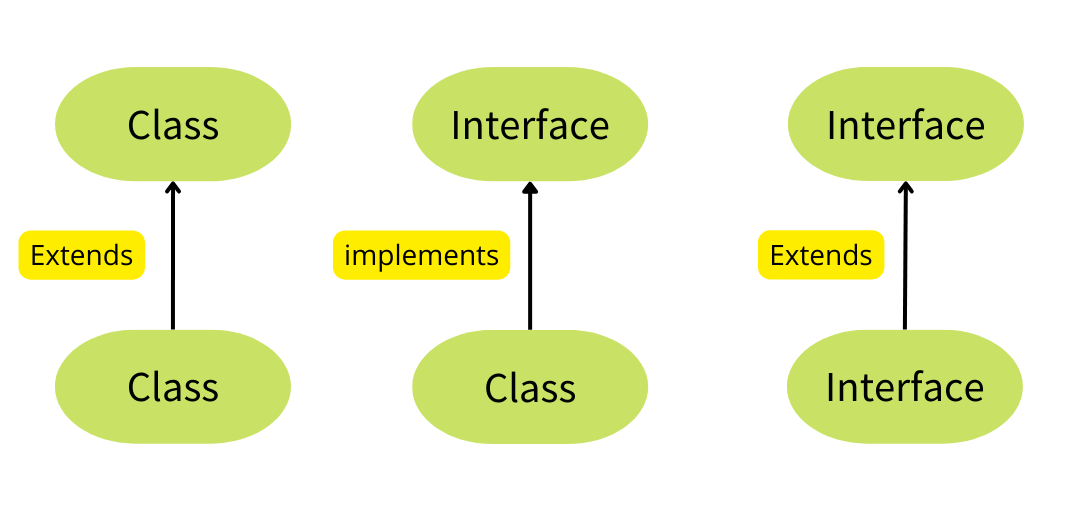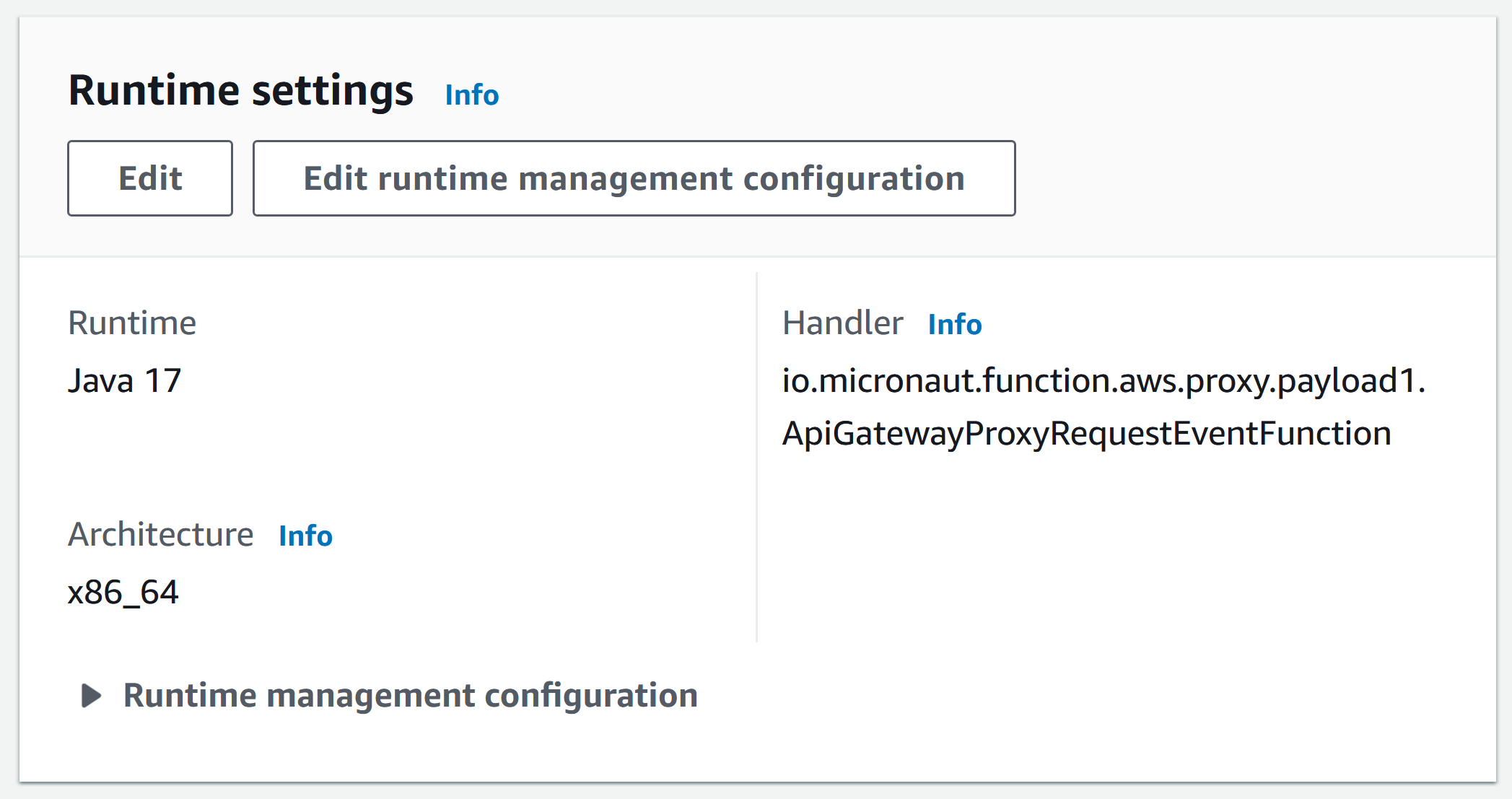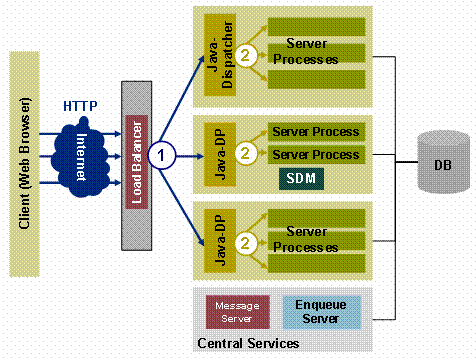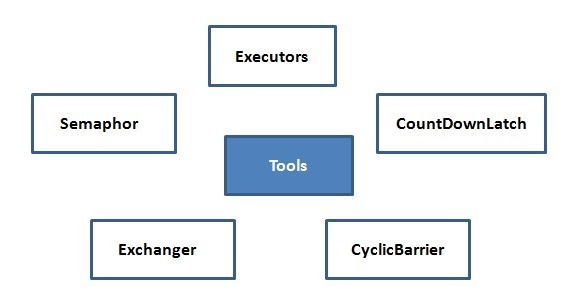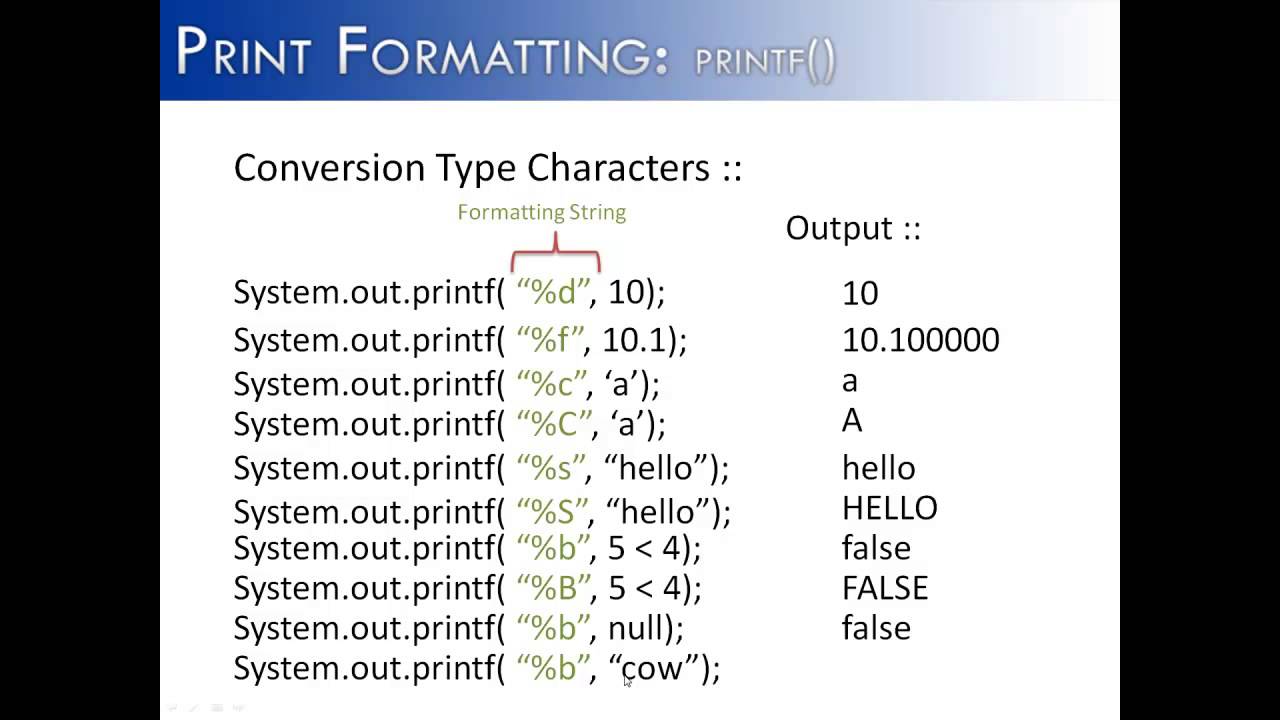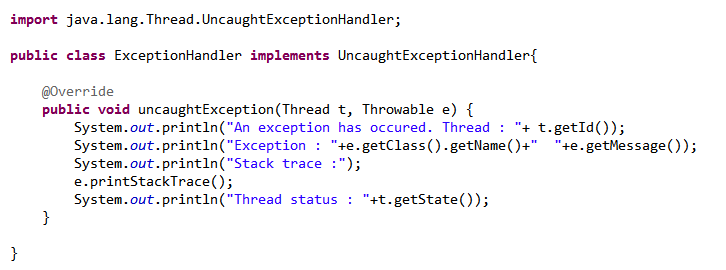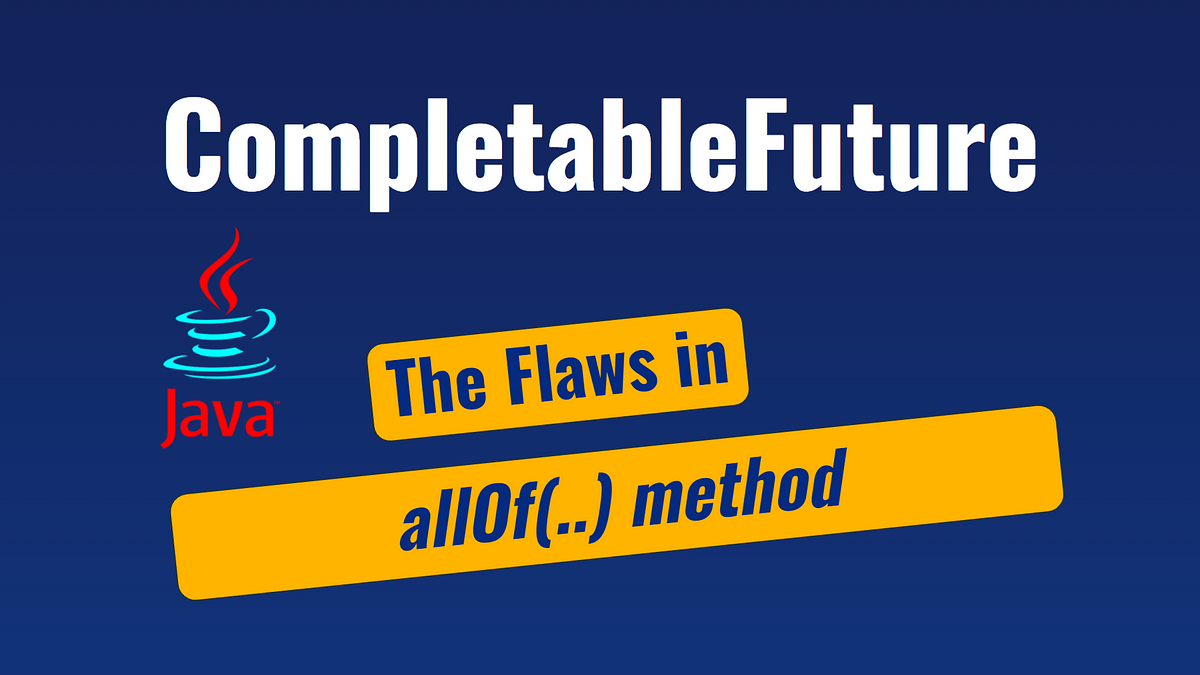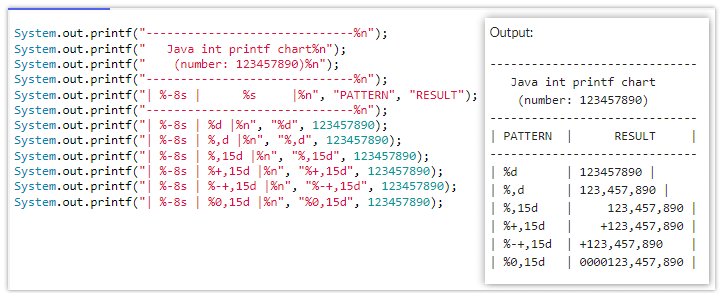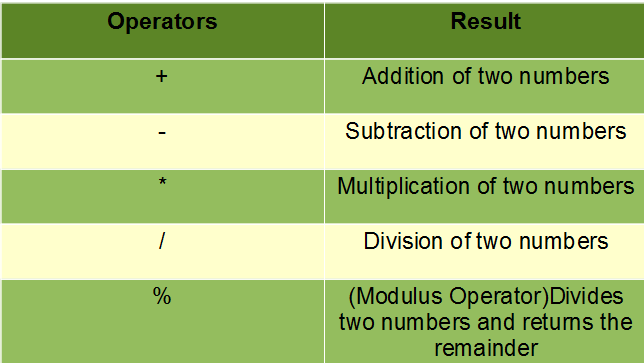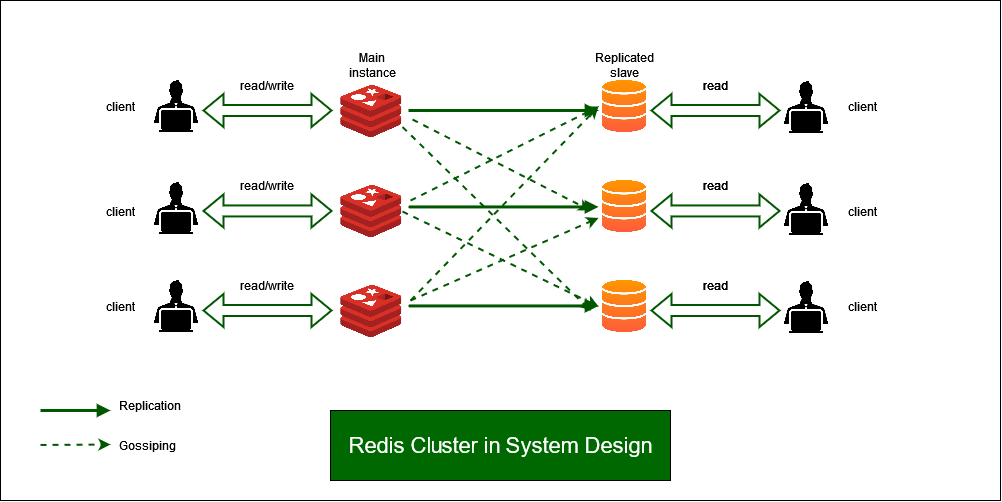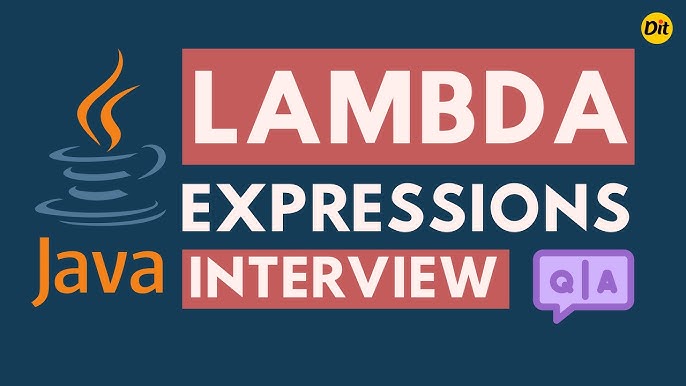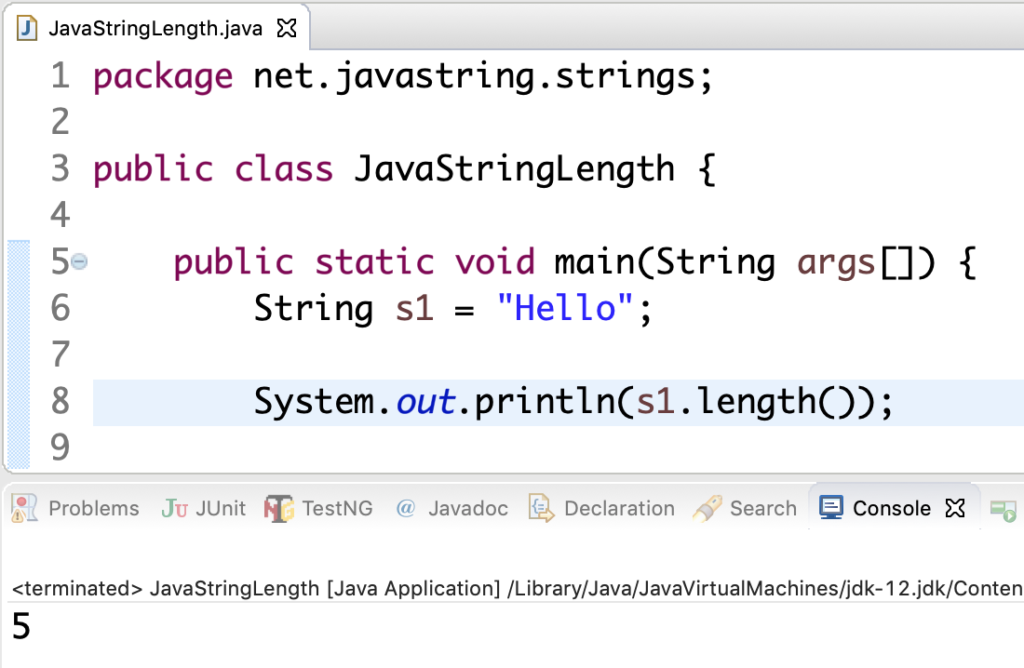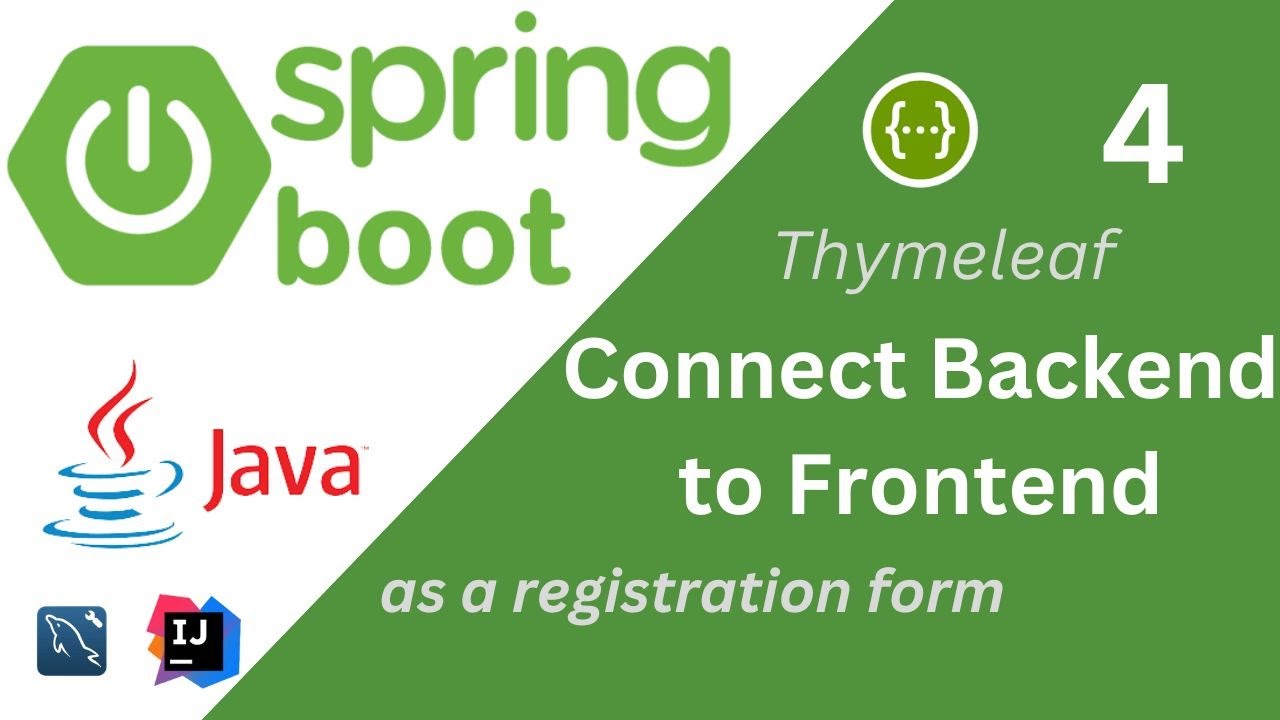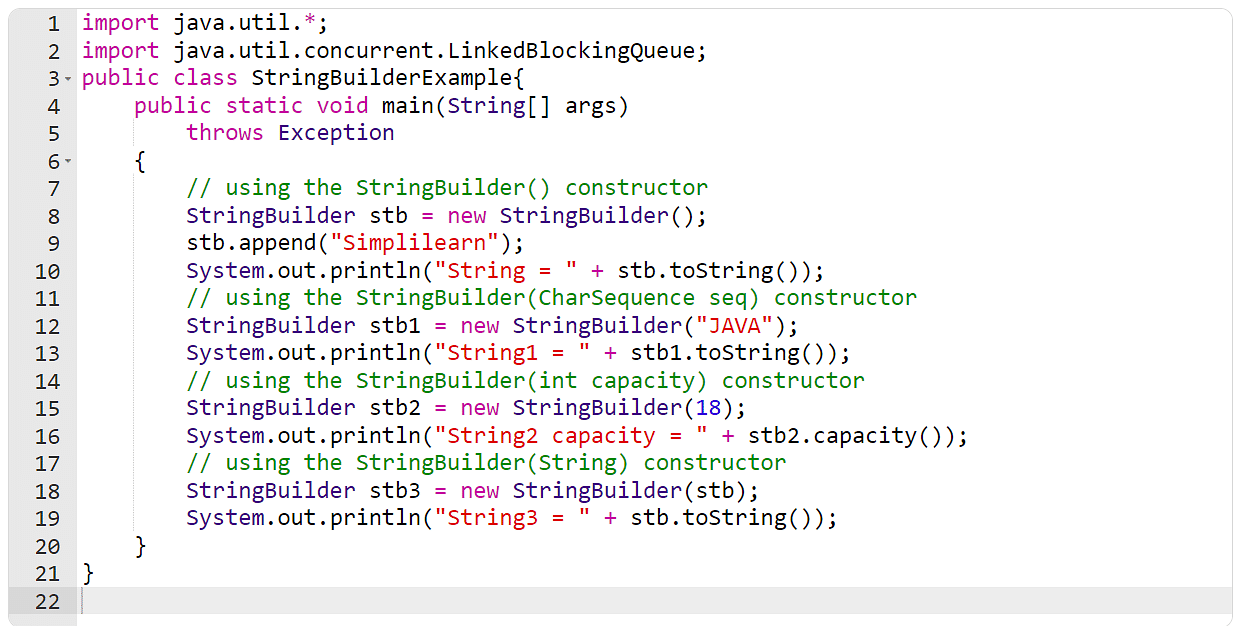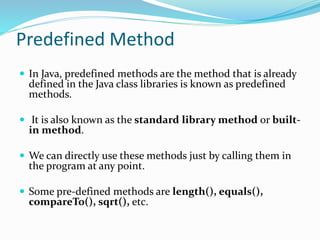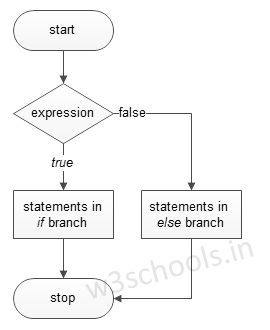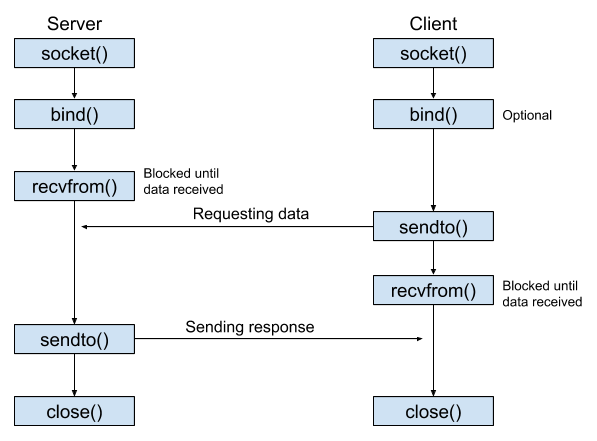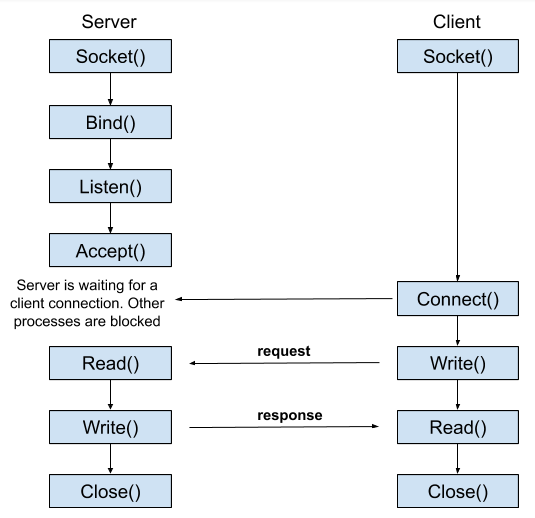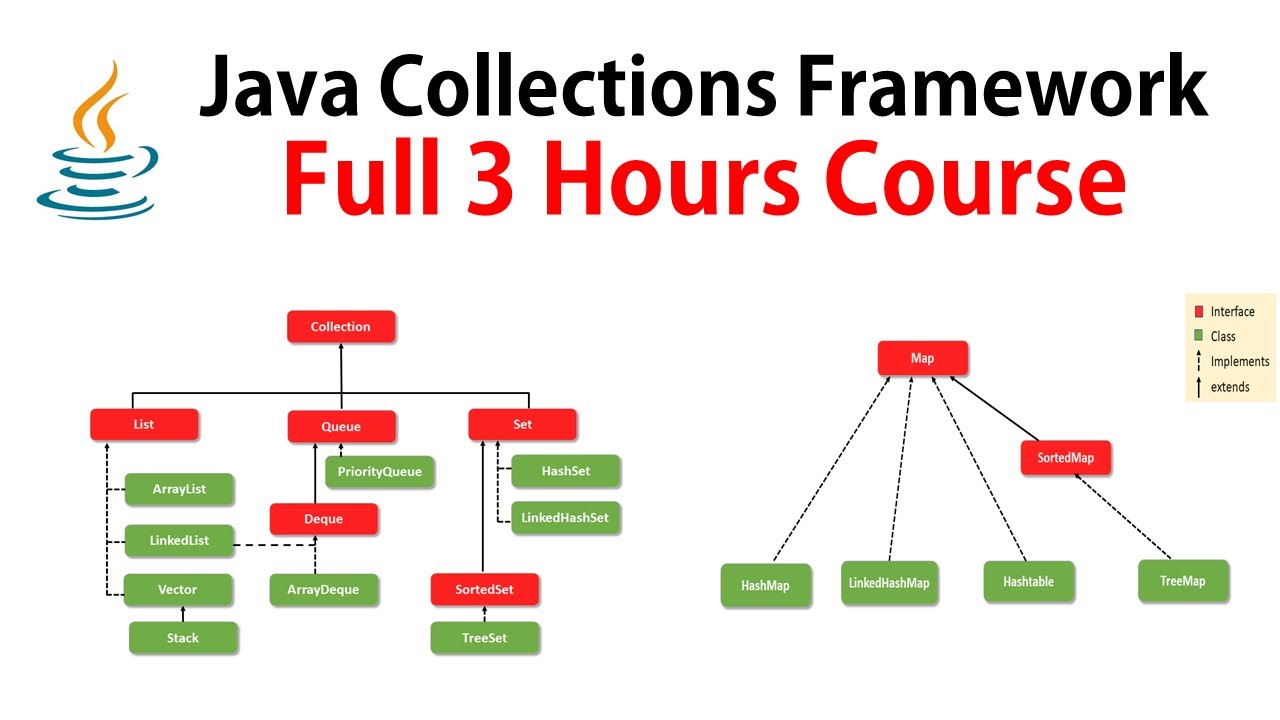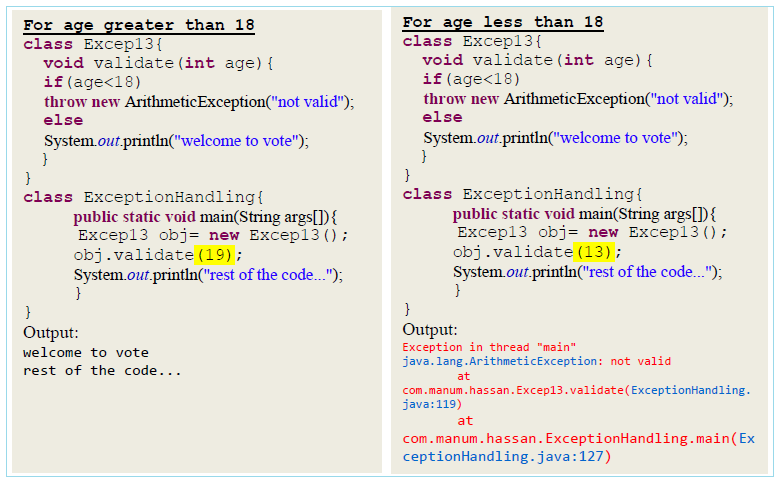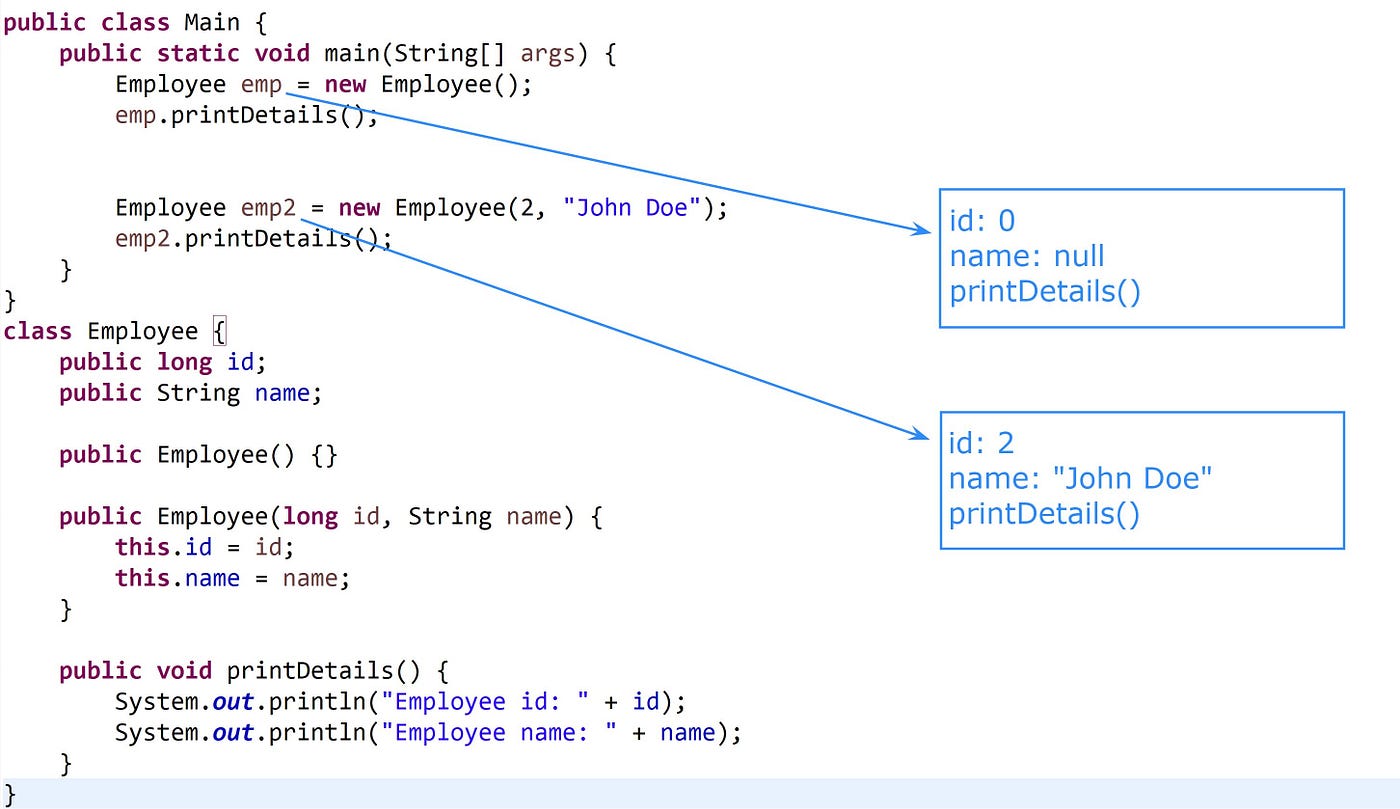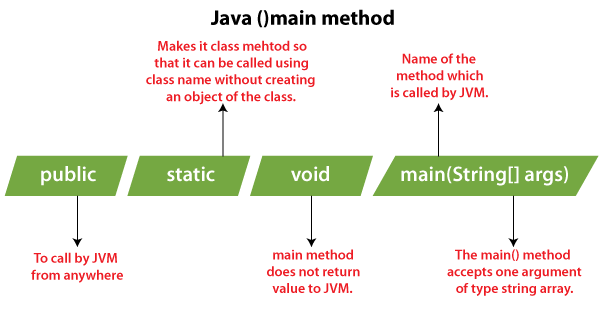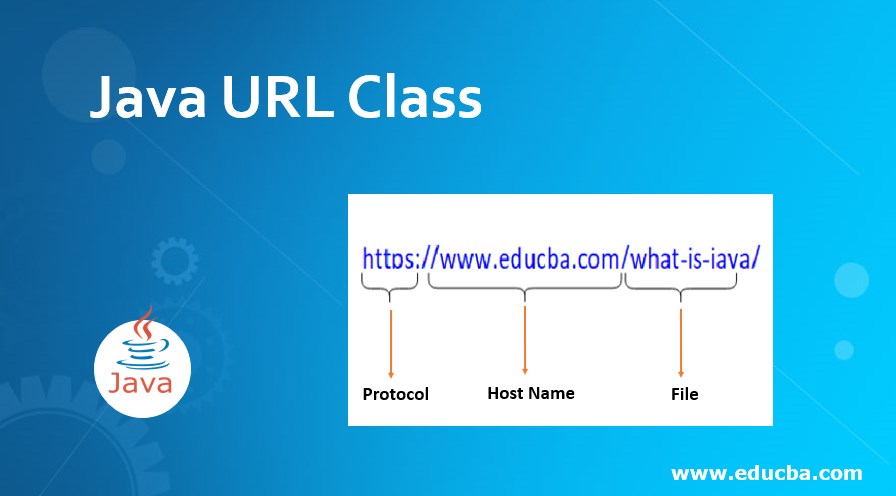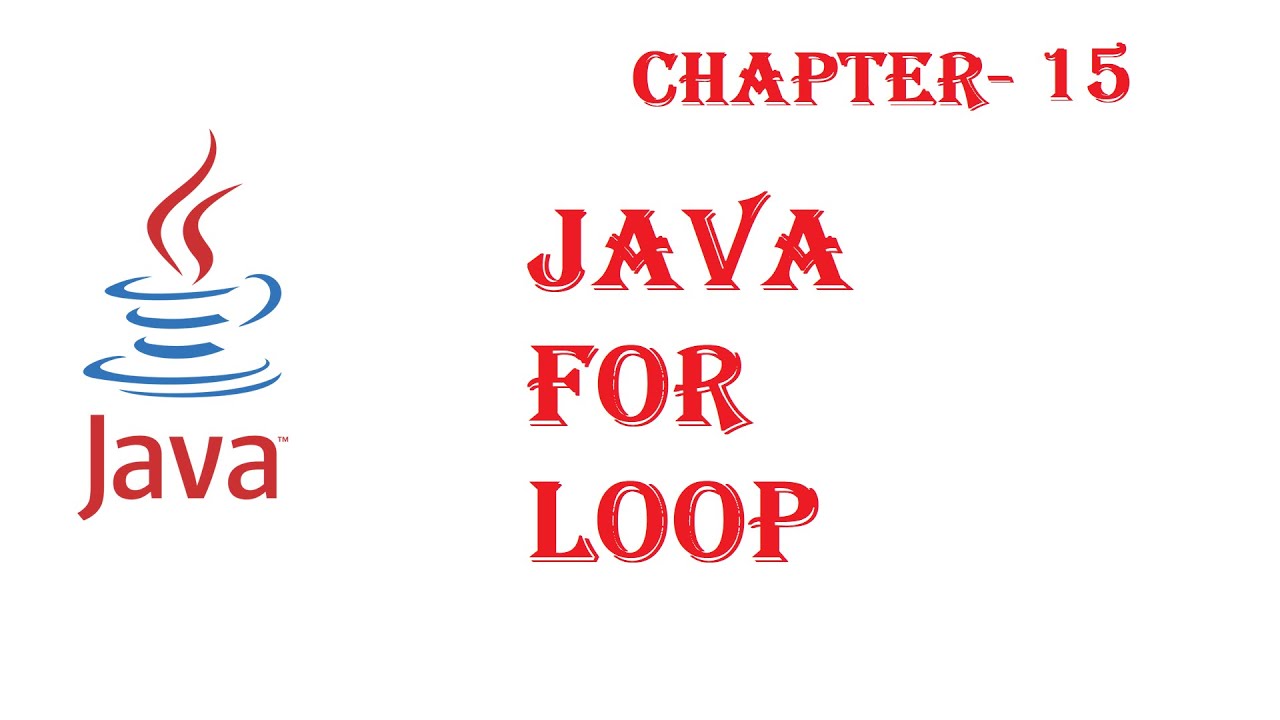What is ORM in Java Spring Boot?
What is ORM in Java Spring Boot?
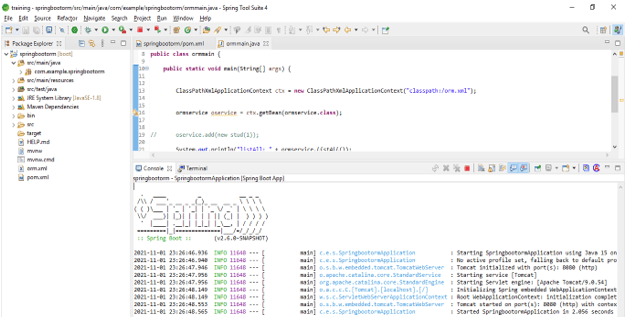
I'd be happy to explain Object Relational Mapping (ORM) in Java Spring Boot!
In the context of Java Spring Boot, an ORM (Object-Relational Mapping) tool helps bridge the gap between Java objects and relational databases like MySQL or PostgreSQL. Essentially, it allows you to interact with your database using Java objects rather than writing raw SQL queries.
ORM tools provide a layer of abstraction between your Java code and the underlying database. This simplifies data retrieval and manipulation by allowing you to focus on your application logic rather than the low-level details of database operations.
In Java Spring Boot, some popular ORM libraries include:
Hibernate: A widely used ORM tool that supports various databases and provides a powerful query language. Spring Data JPA (Java Persistence API): A part of the Spring ecosystem that simplifies data access by providing a high-level abstraction over JPA. EclipseLink: An ORM library developed by the Eclipse Foundation, which also supports various databases.When using an ORM tool with Java Spring Boot, you can:
Define Java objects (POJOs) that represent your database tables or entities Use annotations to configure the mapping between your POJOs and the database schema Perform CRUD (Create, Read, Update, Delete) operations on your data using the ORM's query APISome benefits of using an ORM tool in Java Spring Boot include:
Improved productivity: With an ORM, you can focus on writing business logic rather than worrying about low-level database operations. Portability: Your code becomes more portable across different databases and platforms, making it easier to switch or migrate your application. Better maintainability: The abstraction provided by the ORM makes it easier to modify or refactor your code without affecting the underlying database schema.However, keep in mind that ORMs can introduce performance overhead and complexity, especially when dealing with large datasets or complex queries. Therefore, it's essential to carefully evaluate the trade-offs and choose an ORM tool that best fits your project's requirements.
I hope this explanation helps you understand the concept of ORM in Java Spring Boot!
Java orm spring boot tutorial
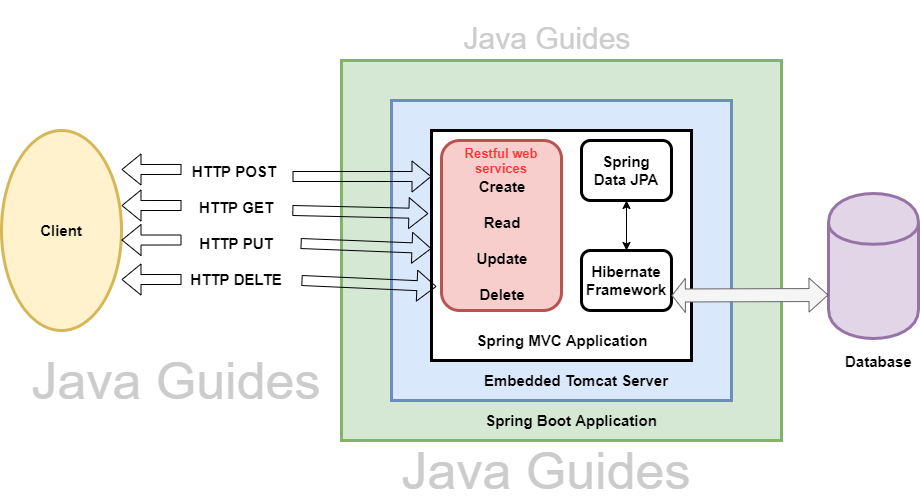
I'm happy to help you with a comprehensive Java ORM (Object-Relational Mapping) and Spring Boot tutorial!
What is Object-Relational Mapping (ORM)?
ORM is a technology that bridges the gap between your Java application and relational databases like MySQL, PostgreSQL, or Oracle. It allows you to interact with your database using Java objects instead of writing SQL code.
Why use an ORM?
Improved productivity: You can work with your data as Java objects, reducing the need for manual SQL queries. Less repetition: No more copying and pasting SQL code or repeating tedious database operations. Better maintainability: Changes to your database schema are easily reflected in your Java code.Java ORMs:
** Hibernate**: One of the most popular ORMs, widely used in enterprise applications. It supports both Java-based and XML-based configuration. JPA (Java Persistence API): A standardized ORM specification for Java, supported by many frameworks like Spring and Hibernate. EclipseLink: Another powerful ORM that provides a flexible and extensible framework.Spring Boot and ORMs:
Hibernate: Out-of-the-box support for Hibernate in Spring Boot allows you to easily configure and use it in your application. JPA: Spring Boot also supports JPA, providing a simple way to integrate with relational databases.Setting up an ORM in Spring Boot:
Let's create a simple example using Hibernate as the ORM:
Add dependencies: In yourpom.xml file (if you're using Maven) or build.gradle file (if you're using Gradle), include the necessary dependencies:
org.hibernate
hibernate-core
5.4.20.Final
com.zaxxer
HikariCP
3.4.5
dependencies {
implementation 'org.hibernate:hibernate-core:5.4.20.Final'
implementation 'com.zaxxer:HikariCP:3.4.5'
}
application.properties file with the necessary configuration:
spring.datasource.url=jdbc:mysql://localhost/mydatabase
spring.datasource.username=myuser
spring.datasource.password=mypassword
hibernate.dialect=org.hibernate.dialect.MySQLDialect
@Entity
public class User {
@Id
private Long id;
private String name;
// getters and setters
}
UserService that uses Hibernate to interact with your database:
@Service
public class UserService {
@Autowired
private SessionFactory sessionFactory;
public void saveUser(User user) {
Session session = sessionFactory.getCurrentSession();
Transaction transaction = session.beginTransaction();
try {
session.save(user);
transaction.commit();
} catch (Exception e) {
transaction.rollback();
throw e;
}
}
}
Conclusion:
In this tutorial, we've covered the basics of Java ORMs and how to integrate them with Spring Boot. We used Hibernate as an example, but you can also use JPA or other ORMs in your application. With an ORM, you can improve your productivity, reduce repetition, and make your database interactions more maintainable.
What's next?
In the next part of this tutorial series, we'll explore more advanced topics, such as:
CRUD operations: Learn how to create, read, update, and delete data using Hibernate and Spring Boot. Transaction management: Discover how to handle transactions and ensure consistency in your database interactions. Querying and fetching: Find out how to write SQL-like queries and fetch data efficiently with Hibernate.Stay tuned for more exciting topics in the world of Java ORMs and Spring Boot!
